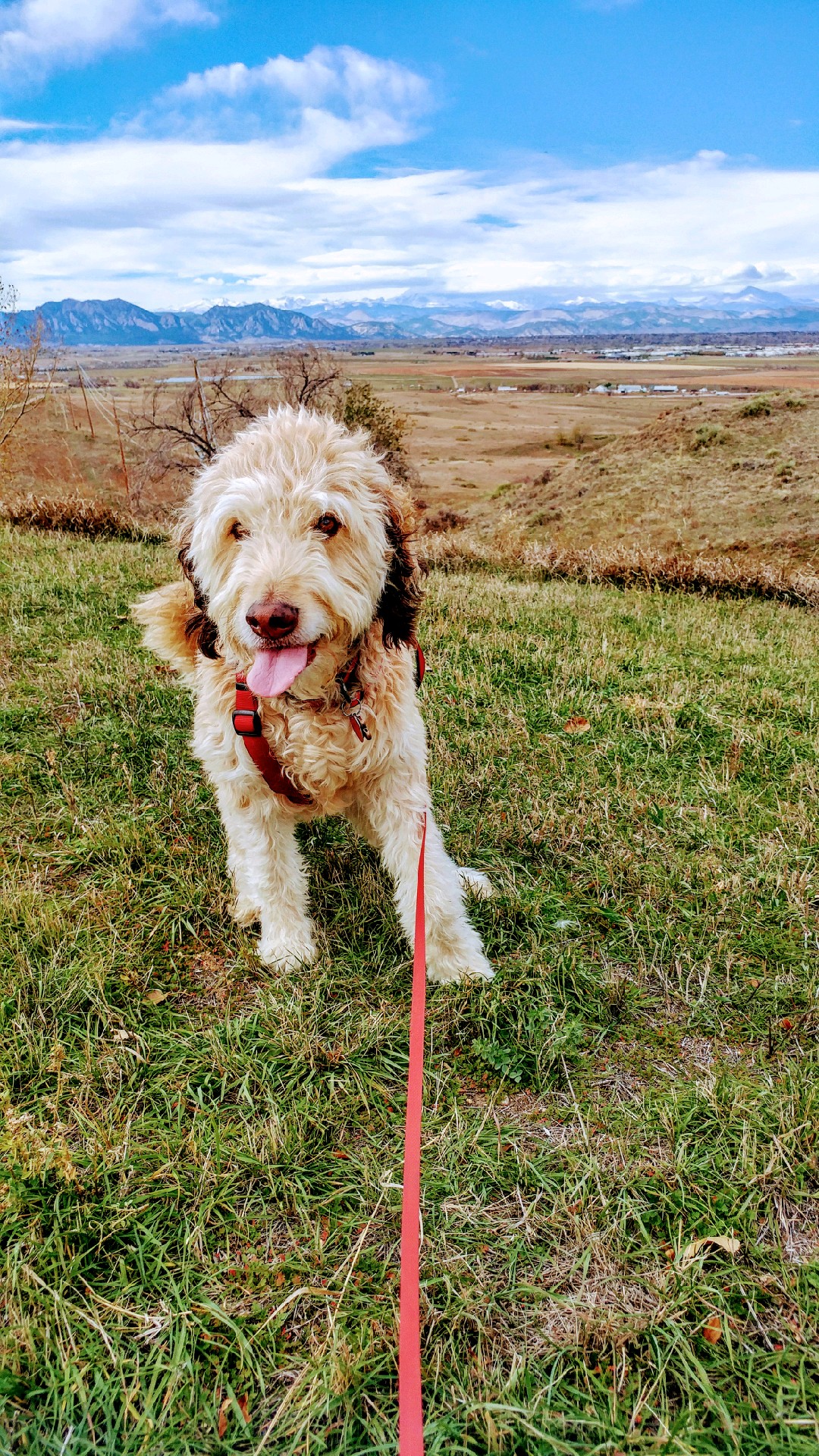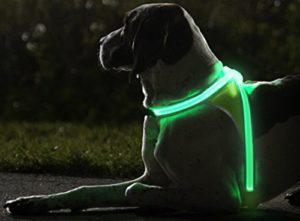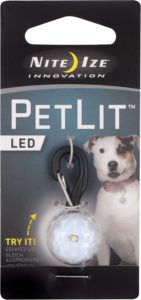As the longer days of summer sunshine begin to shorten, it can be difficult to keep to your regular dog walking routine. Even though you know it’s good for your dog, it gets darker earlier, and the chill of cold weather isn’t too far away. At times that can mean shorter or less frequent walks, which can lead to weight gain and boredom in your pup. To counteract this, we’re here to give you some tips on keeping your dog safe and healthy with these Fall Dog Walking Safety Tips!
Rattlesnakes Are Still Active
In Colorado, rattlesnakes are very common. The Western Prairie Rattler can be found in most of Colorado and the Southwest. Though they prefer the weather to be between 50 and 80 degrees Fahrenheit, snakes can be found almost all year round. They are more active at dusk and in the nighttime, and so that is when most snake bites occur.
Snakes attack when they feel threatened by another animal. While your dog may just be curious or unaware, a snake may perceive them as a threat and either try to make an escape, if possible, or strike. Some breeds of dog (terriers mostly) are hunters that will chase down a snake if given a chance.
Snakes prefer tall grass and rocky outcrops to hide in, so be extra alert when your dog is off-leash, or while exploring unfamiliar territory. Snakes are also common in the more populated areas, such as parks and preserves. If your dog does encounter a snake, and is bitten, the most important factor you have control over is keeping your dog calm. Try to walk slowly or carry your dog back to the car and call your vet. It’s always a good idea to have your vet’s number, and even an emergency vet’s number, on your phone for, well, emergencies.
Fleas and Ticks Are Still A Problem
Until the deeper winter cold comes and kills off the current generations of fleas and ticks, they will continue to be pests to avoid. Fleas are notoriously difficult to get rid of once they set up shop, so using ONLY a veterinarian-approved flea preventative is a smart way to help avoid fleas. Make sure to consult with your vet about the right preventative treatment for your pet.
The preventatives usually work on adult fleas, hatched larvae, and sometimes on eggs. You may have to treat the areas where your dog sleeps, and any surfaces your dog may have encountered- such as couches, rugs, and beds. One way to avoid fleas, ticks, and snakes is to keep your dog out of tall grasses. Taking a flea comb to your dog every now and again can also help spot problems before they roost in your house.
Ticks can carry a collection of diseases which can threaten both you and your dog. A tick can take in an enormous amount of blood compared to body size, and will remain attached for hours, days, or weeks, depending on the life stage of the tick. You should always examine your dog for ticks after long walks through taller grasses, fields, and even forests. They can also live much closer to home: your own backyard.
Ticks are usually found near thinner skin- on your dog’s ears, for example. They are also usually found on bellies and the back of the neck, but are not limited to these areas. That is why it is recommended to perform a check of your dog at least once a week. If you find a tick, you can remove it yourself (carefully) or take your dog to the vet to have it removed. Never squeeze a tick, as you can push the tick’s last feast back into your dog, which can transmit many kinds of unwanted diseases. Removing a tick is pretty straightforward, and the CDC even provides a handy guide.
Dog Walking Louisville: Be Prepared for Earlier Sunsets
It may seem like a small thing, but each day the sunset comes a little bit earlier. When dog walking Louisville and other areas, make sure that you take a flashlight with you if you go on a walk in the evening, just in case it gets dark faster than you expect. Dressing in reflective gear can help you stand out in the dawn or dusk hours, when drivers may have a hard time seeing you or your dog. There are plenty of reflective collars, leashes, and harnesses out on the market.
These are two examples of a lighted harness and an LED you can attach to your dog’s collar. Both can be found at online retailers, or in major pet stores.
It is a good idea to put a small light on your dog’s collar or harness, so that you and everyone else around you can track your dog’s movements. There are many styles on the market, but a simple LED light attached to a carabiner or split-ring is all you need. There are even LED harnesses you can put on your dog which light up all around. These aren’t generally designed to be used as a primary method of controlling your dog, but instead as an additional layer to keep them safe.
Also remember that just because it’s not as hot does not mean your dog needs less water. Most of the signs of dehydration will show up when you get home, but you can avoid them all together by carrying water with you on hikes and long walks. If your dog is lethargic, panting heavily, and seems to have trouble tracking you or standing, take him into your vet as soon as you can. These may be signs of dehydration, which only your vet can diagnose and treat properly.
Dog Walking Safety Throughout The Year
The key to keeping your dog walking safe during the changing seasons is to be aware- aware of your surroundings, your dog, and your own limits. If you have a difficult time walking your dog as often or as long as you wish you could, then you might consider Off Road Paws’ great dog walking services!
Our veterinarian trained staff are ready to take your dog on a morning or afternoon walk around the neighborhood, or even a run on the trails. The staff are equipped to handle whatever comes their way, and will always keep your dog just as safe as their own. To discover more of what Off Road Paws has to offer, check out our list of services! Call today to book your dog’s next walk or run.


